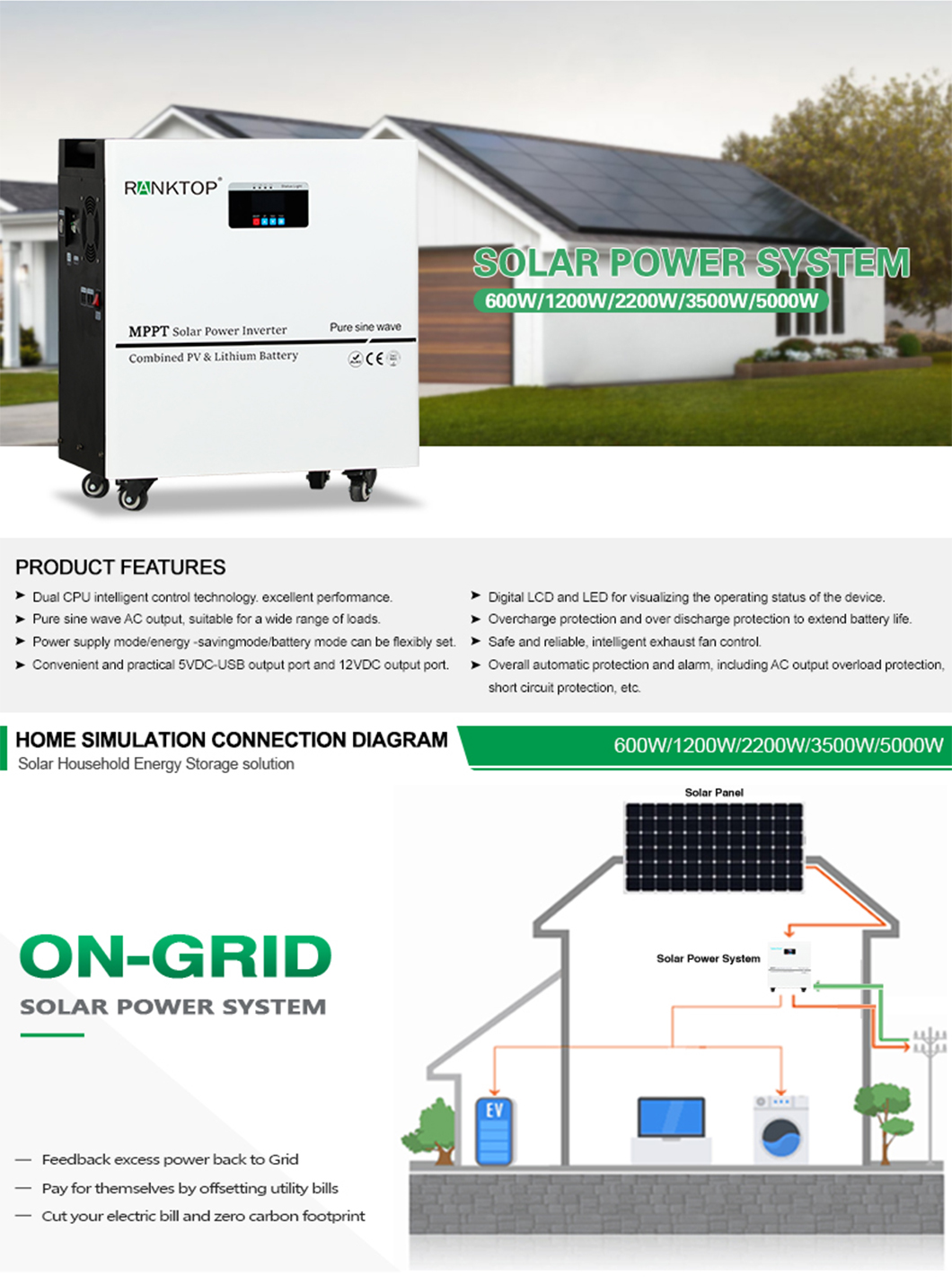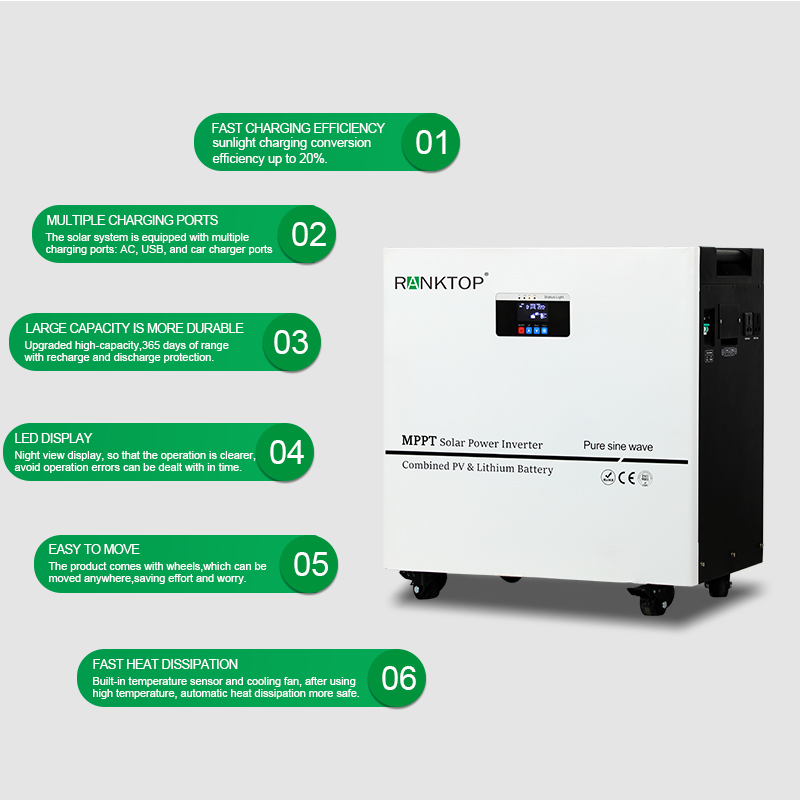When thinking about energy storage systems (ESS), it’s essential to understand the primary components and processes involved in their functioning. This friendly guide will break down how they work.

First, an ESS’s main job is to store energy and supply it for later use. It achieves this by converting electricity from a power source into a storable form, such as in a battery. Battery-based ESS is the most common type, so let’s look deeper into how they work.
1.Charging: During the charging phase, your ESS takes in electricity from the grid or a renewable source like solar or wind energy and stores it in the battery. Inverters play a crucial role here, converting the supplied AC electricity into DC electricity, which can then energy storage battery.
2.Discharging: When you need to use the battery storage for residential solar, the system discharges the battery by converting the DC electricity back to AC using an inverter. This AC electricity is then supplied to your electrical appliances, effectively meeting your energy needs.
Stability in an ESS is essential as it ensures a consistent and reliable supply of electricity. When using renewable energy sources like solar or wind, which often produce power intermittently, ESS helps stabilize the electricity by smoothing out fluctuations. This results in consistent and smoother power output, improving solar power packs for homes quality.
Here are the main components of an energy storage system:

energy storage battery – These contain the chemicals that battery pack storage and allow it to be discharged when needed.
Battery management system (BMS) – Monitors and controls the performance of the battery cells. It monitors things like voltage, current and temperature of each cell. The BMS balances charging and protects from overcharging/over discharging.
Power conversion system (PCS) – Converts the DC power from the battery into AC power that can be used by the application or fed into the grid. It includes inverters, converters and other electronics.
Thermal management system – Maintains the battery temperature within an optimal operating range. It includes components like fans, pumps, heat exchangers, etc. to circulate coolant for heating/cooling the battery pack.
Housing/enclosure – Provides physical support and protects the battery components. It is made of sturdy and non-reactive materials like steel. Provides environmental controls like temperature, fire detection.
Monitoring and control system – Collects data from sensors and BMS and allows remote monitoring of the system’s performance and status. Controls charging/discharging operations.
Safety system – Includes fuses, circuit breakers and other protective devices to prevent overcurrent, short circuits and fire hazards.
